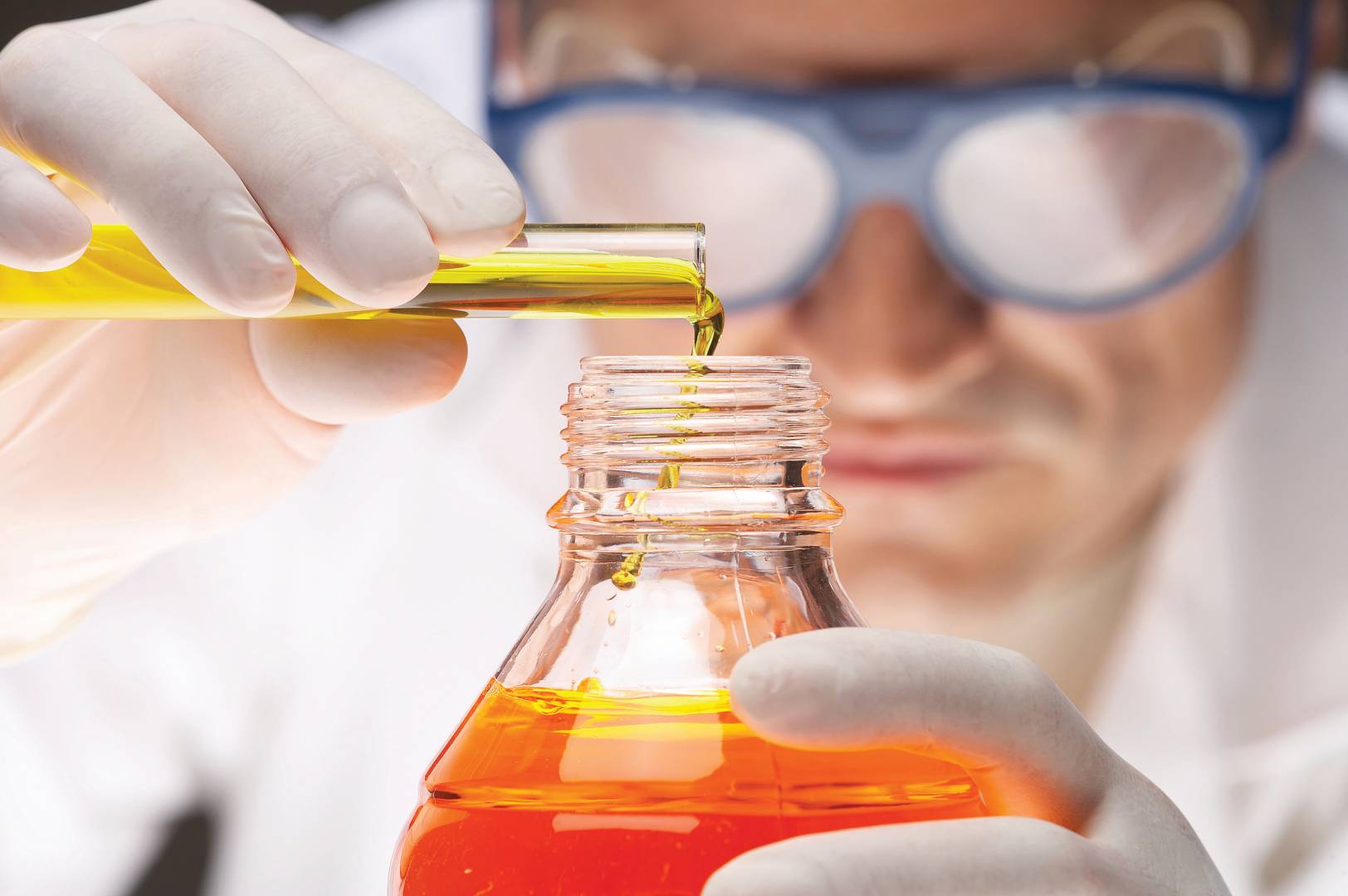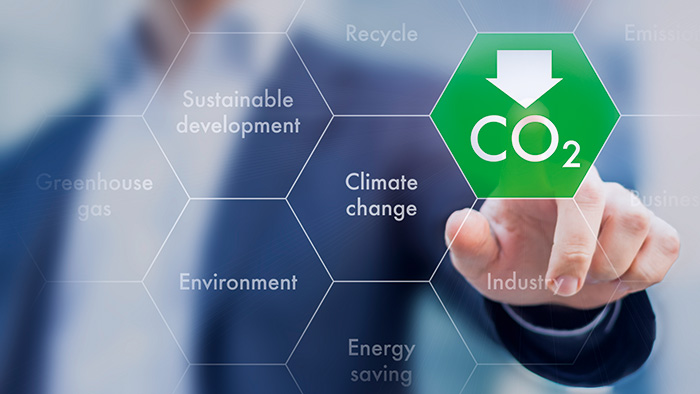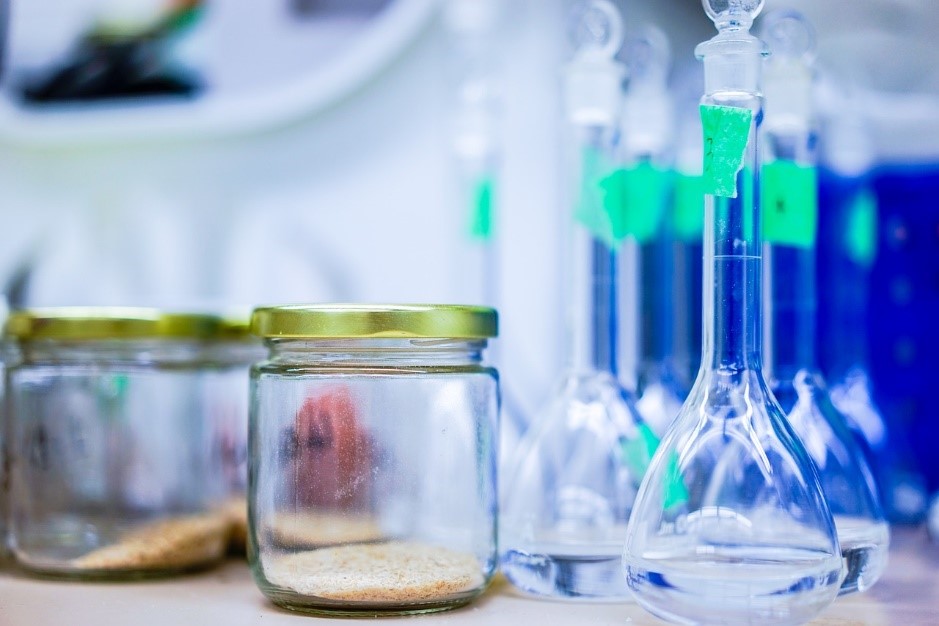Startups Disruption in the Global Chemicals and Materials Industry

Climate change and digital transformation will have significant consequences, with waste plastic becoming the most lucrative feedstock as the chemicals industry struggles to adapt to the circular economy. This will result in a more decentralized sector that will rely on economies of scale more frequently. Simultaneously, digital sales platforms will commoditize personalization, blurring the line between speciality and commodity industries. For decades, the chemical industry has grown faster than the overall economy, and innovation has been a key engine of that expansion. Materials with new performance attributes, new applications, and new solutions have been introduced to the industry's customers—and their customers' customers—through innovation. In a nutshell, industry growth has always been intimately connected to innovation. However, today's need for innovation is stronger than ever before.
Governments have set lofty goals for sustainability, greenhouse gas reduction, and the circular economy, with aggressive timetables. Climate change, clean water, green energy, and responsible consumption are all addressed under the UN's Strategic Development Goals. Customers in the sector, on the other hand, must satisfy their own sustainability targets and pursue growth in areas like electric vehicles, batteries, and 3D printing. Overall, these changes will necessitate a wide range of innovative chemical products, presenting the chemical sector with a huge growth opportunity.
The Stakes Are High
The "more of the same" approach to innovation in the sector will have to shift. Customer industries will need cutting-edge breakthrough ideas to help them provide more new products and services to a changing world faster. In the not-too-distant future, the necessity for all businesses to minimize greenhouse gas emissions will need a major wave of chemical innovation. With the continued focus on sustainability and circular economy solutions, that necessity will only grow in the long run. The chemical industry is at an inflection point when the need for rapid and disruptive innovation is increasing. Government mandates and growing client concerns are causing quick fluctuations in demand, requiring the sector to develop new products and services. Chemical businesses' incremental and narrowly focused approaches to innovation are likely to fall short in that environment—and if they don't change, the demand for innovation will quickly exceed their ability to offer it. This will result in missed opportunities and a higher risk of being disrupted by new industry participants.
Corporate Venture Capital
The survey of 100 significant chemical corporations found that much of the industry's corporate venturing activity—that is, direct investment of corporate funds into other companies—remains focused on existing product groupings including agrichemicals, paints and coatings, and food components. Companies appear to see corporate venturing as a natural extension of their own R&D efforts, rather than a strategy to venture into unexplored territory. The distinction between corporate venturing and startup operations exemplifies this point. Instead of looking for disruptive discoveries for the market, they're focusing on improving their internal skills and finding new applications for existing compounds.
When evaluating the rate of growth of technology-related investments, however, the picture changes. Several technologies, such as AI, 3D printing, hydrogen/fuel cells, and analytics, have seen a major surge in venture capital investments. Outside of the core business and traditional, pure chemistry-related technologies, these areas offer new horizons for the industry—areas where corporations presumably see promise for innovation.
Trends That Are Disrupting The Chemical Industry
- Plastic Waste Recycling
Hundreds of billions of dollars are at risk as concerns about plastic waste grow. To address this issue, advanced recycling technology is required, which opens up potential for higher-value products. Companies were hampered by COVID-19 regulations, which caused significant delays in the introduction of these technologies in 2020. The pandemic also hampered waste collection around the world, worsening the situation. At the same time, there was an increasing public pushback against recycling, particularly chemical recycling. News outlets such as National Public Radio in the United States reported on how previous promises of recycling had failed, and pyrolysis companies such as BASF faced questions about the long-term viability of their methods.
- Materials Informatics
Using machine learning in materials development can enable new business models and better agility, as well as save R&D costs and time. With consortia developing in Japan and continuing investment in leading companies, 2020 was a stable year for MI. Chemical firms are continuing to hire data scientists and invest in their own data infrastructure. The launch of Evonik's Coating tool, a machine learning-driven assistant that suggests ingredient combinations for its coatings customers, was perhaps the most significant. It's a remarkable application of MI in the sales process, and it heralds the confluence of MI with digital sales platforms in 2021.
- Digital Sales Platforms
E-commerce and sales automation, as well as services related to personalization and product use, are coming to chemicals. While chemical sales fell in 2020, stifling the expansion of several autonomous chemical marketplaces, the overall trend remained healthy. The COVID-19 epidemic, in particular, aided in catalyzing a shift away from more traditional, face-to-face purchasing experiences in the chemicals business, paving the path for long-term growth. Expect acquisitions in the digital sales arena in 2021 as entrepreneurs aim to corner the industry.
- 3D Printing
3D printing offers material companies unique growth potential, but they must be willing to go down the value chain to reap the benefits. In 2020, 3D printing had a strong year, with service providers demonstrating their versatility by creating masks, ventilators, and other items. Low-value printing services, on the other hand, were hit hard by the recession and many went out of business. This combination of bolstering dominant companies while weeding out smaller players helps set the 3DP space for significant growth in 2021. As firms increasingly integrate both vertically and horizontally across the 3DP supply chain, chemical companies will need to refine their strategy and value chain position.
- Synthetic Biology
Synthetic biology can help with sustainability claims while also allowing for more flexible, distributed chemical manufacturing and, in some situations, new markets and reduced costs. Again, the pandemic aided the development of COVID-19 tests, therefore this technology profited from it. Unlike the other technologies on this list, synbio's future is uncertain; while there are many high-value niches for it, can it break into the mainstream of high-volume applications? Genomatica is a company to keep an eye on as it works to build up its synbio-based caprolactam synthesis — for biobased nylon – to a 50 MT pilot plant.
Disruption Is Becoming More Likely
Customers face a variety of issues for chemical firms, which will eventually result in a fast expanding demand for lower-carbon, more sustainable, and circular products. As firms and countries try to fulfill ambitious GHG emission and net-zero carbon goals by 2050, this need is anticipated to grow. However, existing industry investment patterns do not match that shift in demand. Indeed, they may have a tendency to "lock in" resources to today's technologies and procedures, making future innovation all the more difficult. If chemical businesses fall behind in the race to offer more innovation on more fronts, they risk being unable to capitalize on the significant growth prospects created by shifting demand. Worse, they run the risk of being disrupted by new industry entrants who can progress along the innovation curve more quickly.
Conclusion
For the future, today's approaches to innovation will not be enough. Chemical businesses will need to reorganize their innovation activities to limit the risk of disruption and to capitalize on new growth prospects. They'll require new risk-taking strategies, new technology, nimble R&D and technology teams, and business-driven KPIs that prioritize innovation. But, more importantly, they will have to question conventional wisdom, rebuild outdated line-management systems, and go beyond the short-term profit-driven mindset that stifles innovation. They'll have to shift a paradigm that's been in place for more than a century, making the CEO's rethinking of innovation a business imperative. Decarbonization, the circular economy, renewable energy, and new technologies provide new difficulties for the chemical sector, but they also drive demand for new products. Chemical firms have a lot of options in this changing environment. new products, services, and processes.











